|
Camel Posture, Ushtrasana, has at least 300 years of history in yoga texts. But the posture changed drastically in the mid-20th century from the traditional prone position (as pictured above) to the kneeling backbend that most modern yogis will recognize. This shift from prone to kneeling happened over the course of a few decades between 1920 and 1960. Prior, Camel Posture was a posture done on the belly. After 1960 it is done on the knees. In between, one might find instruction for either. Below we have elaborated 8 versions of the posture that show its irregular progression through these decades.
Buddha Bose (1938): Bose instructs the posture as in the Gheranda Samhita, lying on the belly. Like many of his other instructions, Bose draws directly from Sivananda, comparing the posture to Dhanurasana, Bow Posture. Sadly, Bose does not have a photo. "Lie on the abdomen...bend the legs backward from the knees...with the hands firmly grasp the ankles. Now lift the head." The only difference between the two postures, he says, is "do not raise the knees and thighs off the floor" in Camel.
IN CONCLUSION
It is possible that these two positions are unrelated, connected only by their name. It is difficult to explain why the abdominal Camel Posture was phased out at the same time as the kneeling Camel Posture was phased in. Since about 1960, the kneeling version is ubiquitous. But the older texts including the Gheranda Samhita and those by Sivananda, Buddha Bose and Yoga Mimamsa clearly instruct the same position, lying on the belly with crossed legs. Sita Devi's book from 1934 is the outlier here, with instruction of the kneeling version in such an early decade. Also difficult to explain is the divergence between Bose and Mukerji, who were both students of BC Ghosh in Kolkata. In the 1930s, Bose describes Camel as lying on the belly, while Mukerji does it kneeling only 30 years later in 1963.
4 Comments
8/22/2019 12:14:20 am
Thank you for this very accurate research and informations .
Reply
Robbie
1/3/2020 09:45:04 pm
Thanks a lot for bundle of knowledge and research on these Asans. But please let us know which is the best for our body or all these are good ?
Reply
Ida (Ghosh Yoga)
1/5/2020 06:57:00 am
Hi Robbie,
Reply
Leave a Reply. |
AUTHORSScott & Ida are Yoga Acharyas (Masters of Yoga). They are scholars as well as practitioners of yogic postures, breath control and meditation. They are the head teachers of Ghosh Yoga.
POPULAR- The 113 Postures of Ghosh Yoga
- Make the Hamstrings Strong, Not Long - Understanding Chair Posture - Lock the Knee History - It Doesn't Matter If Your Head Is On Your Knee - Bow Pose (Dhanurasana) - 5 Reasons To Backbend - Origins of Standing Bow - The Traditional Yoga In Bikram's Class - What About the Women?! - Through Bishnu's Eyes - Why Teaching Is Not a Personal Practice Categories
All
Archives
May 2024
|

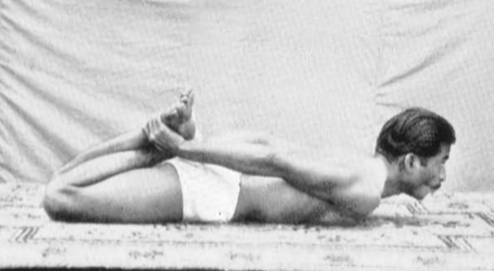
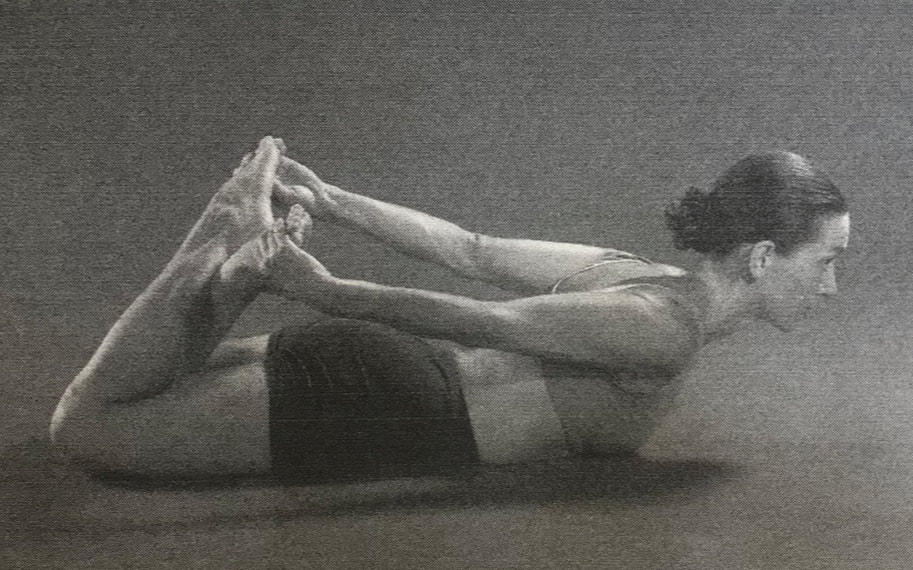
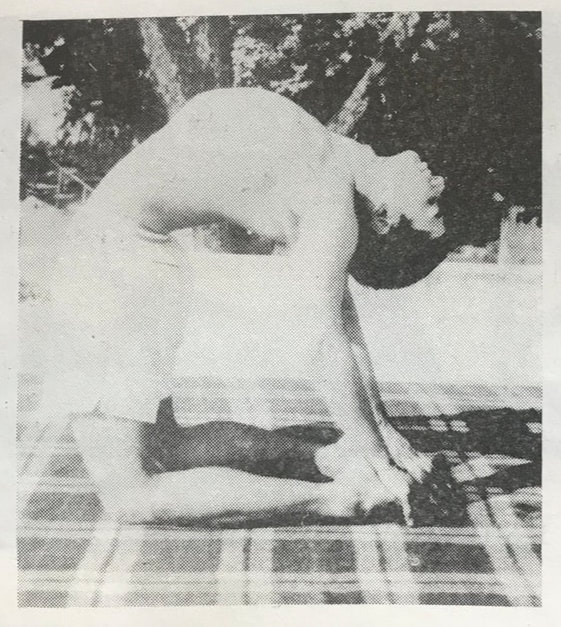
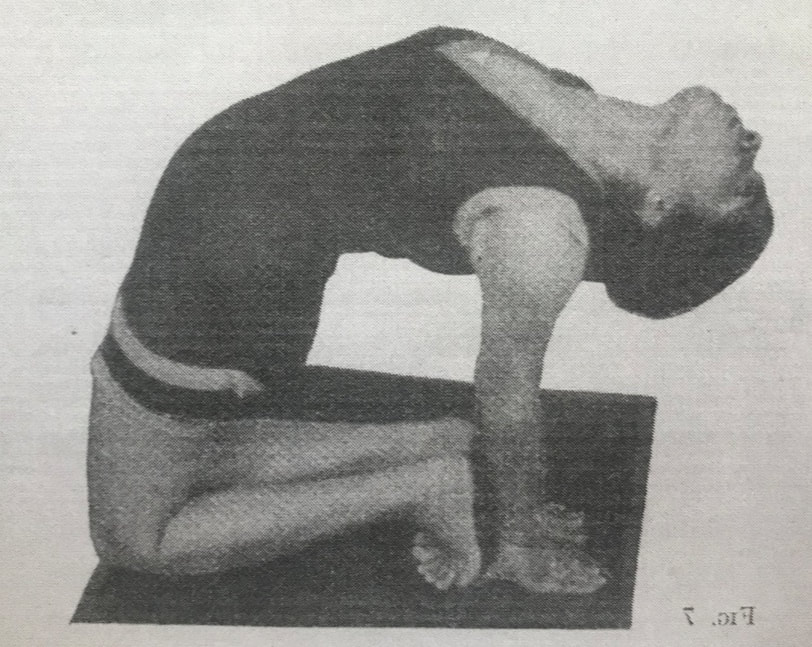
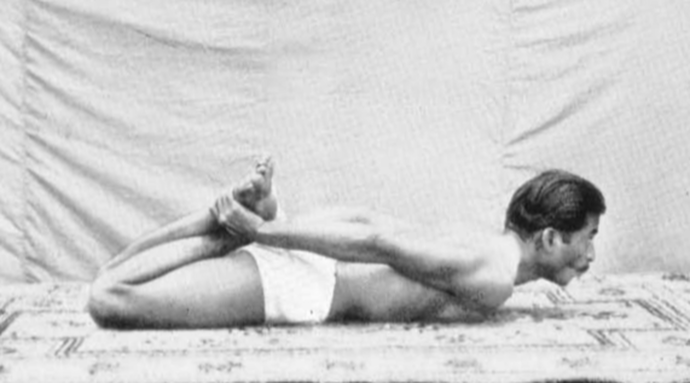
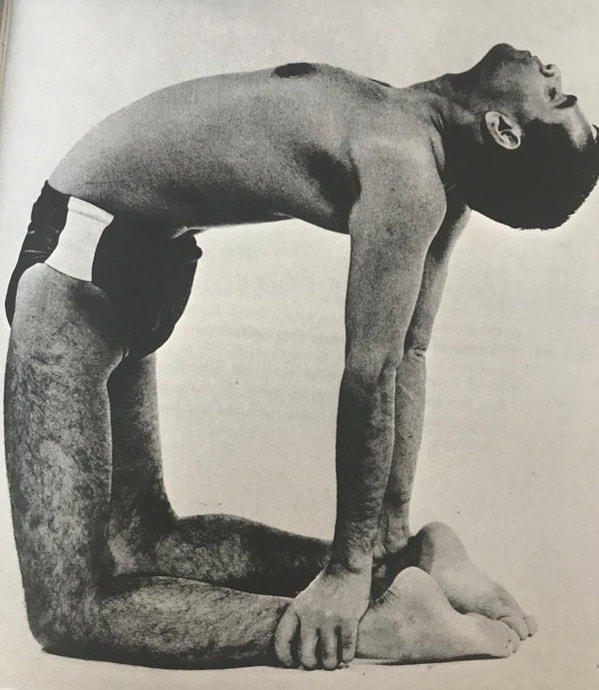
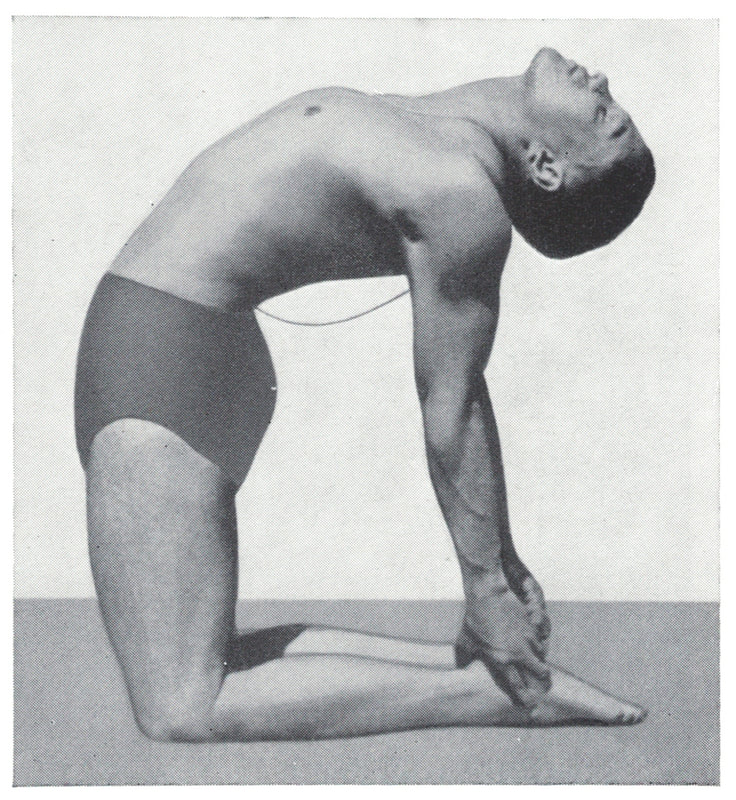
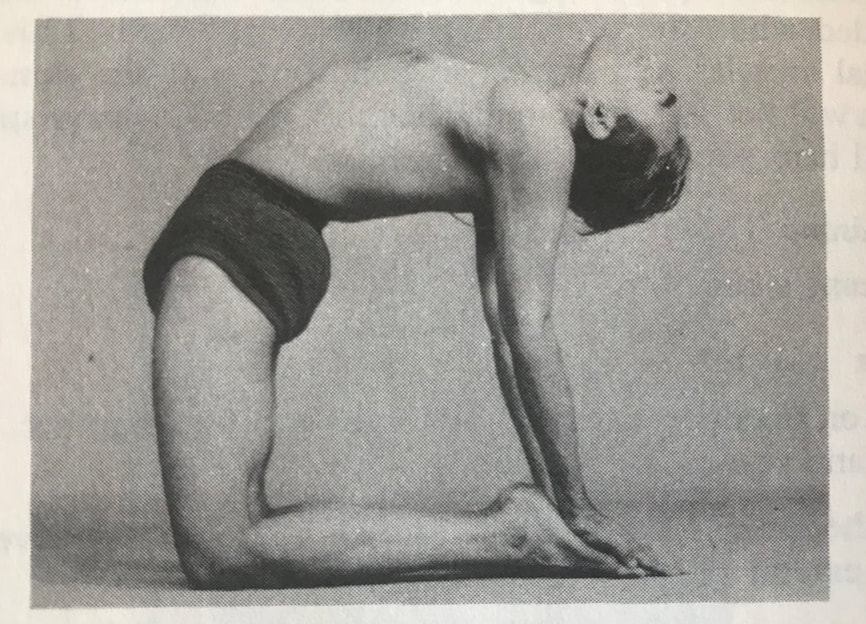
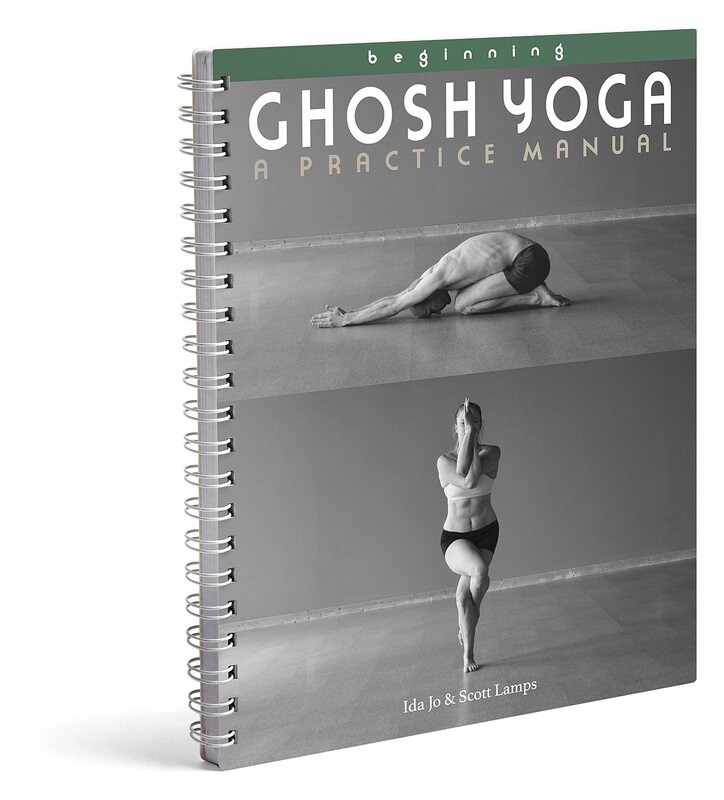
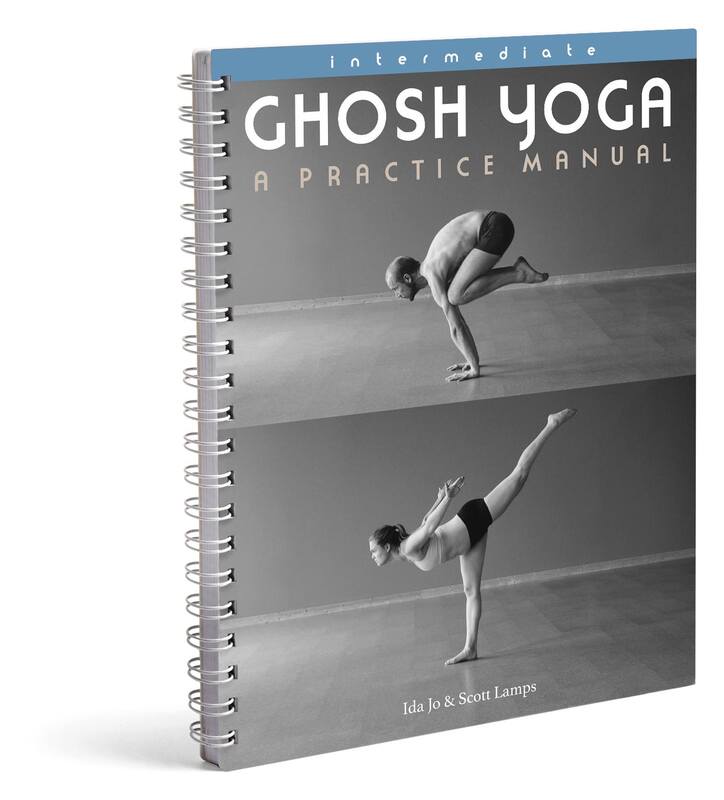
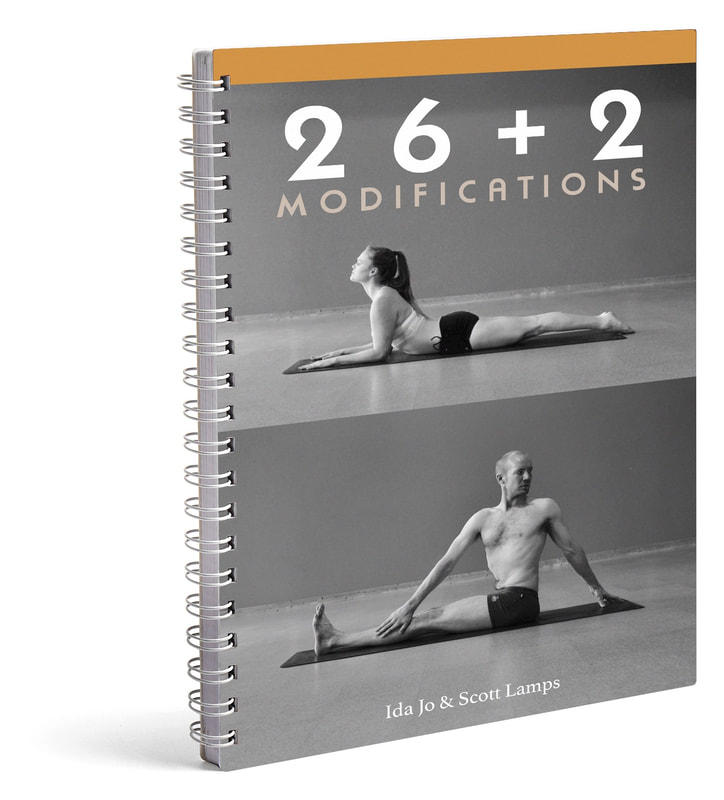
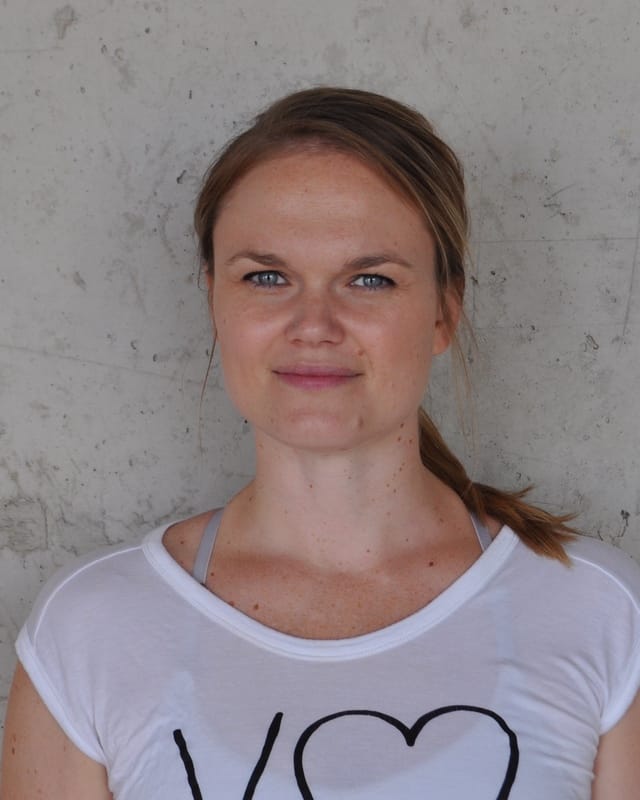
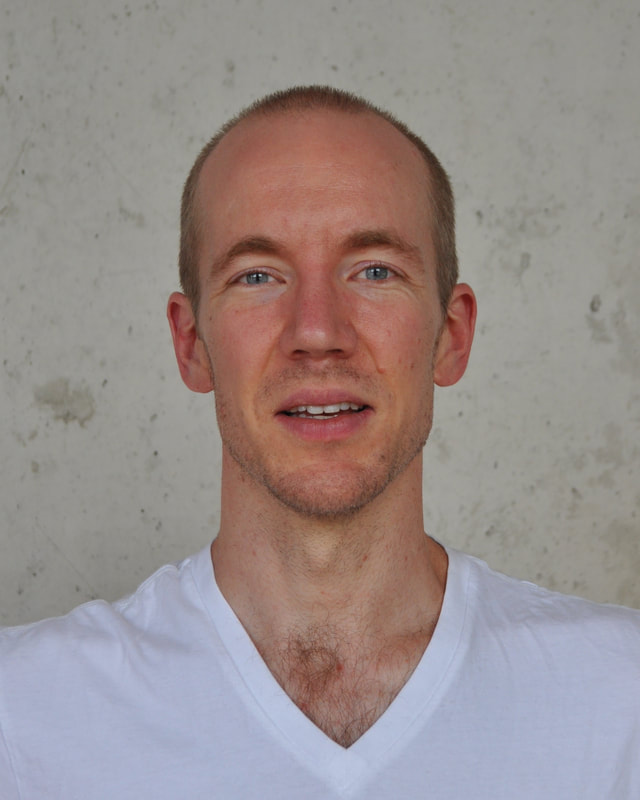
 RSS Feed
RSS Feed